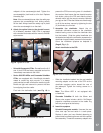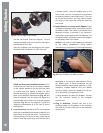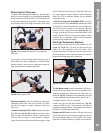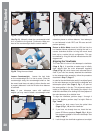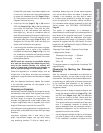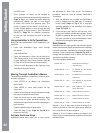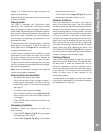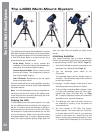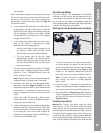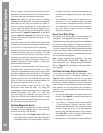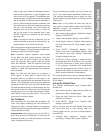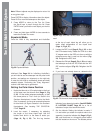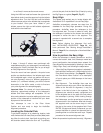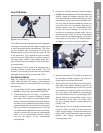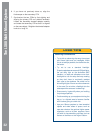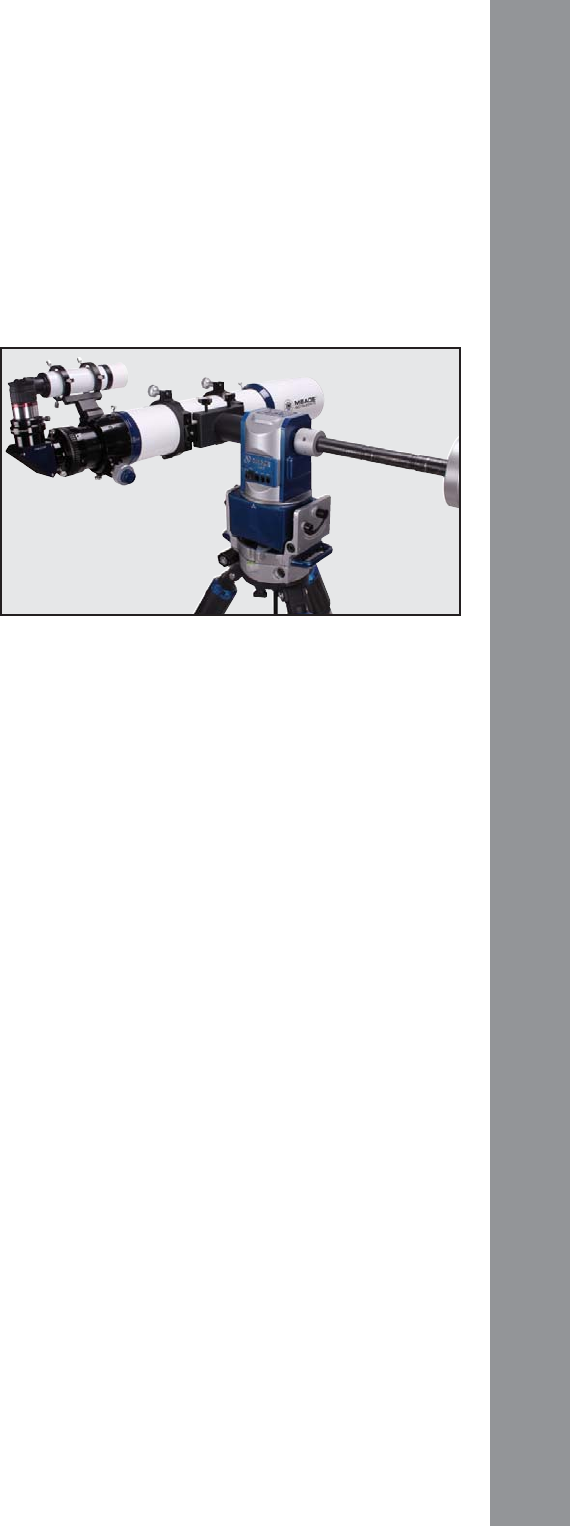
city and state.
Note: The location settings (country/state/province and
city, or ZIP code) are only asked for the fi rst time you
turn on the control panel. If you wish to change this
setting later on, use the Site menu. See SITE, Page 42
for more information.
a. If you chose the ZIP code option, the left most “0”
is highlighted. Use the Number keys to enter the
digits. As you enter a digit, the next digit to the right
will be highlighted. Enter the next digit. Repeat
this process until all 5 digits of your ZIP code are
entered. Press ENTER.
b. If you chose the location option, the next screen
asks for the country or state/province (listed
alphabetically) of the observing site.
i. Use the Scroll keys to scroll through the list
of countries, states, and provinces. Press
ENTER when the correct location displays.
ii. The next screen asks for the city (listed
alphabetically) closest to the observing site.
Use the Scroll keys to scroll through the list
of cities. Press ENTER when the correct city
appears on screen.
7. The next screen requests the status of Daylight
Savings Time. If Daylight Savings Time is active,
press the “1” key. If Daylight Savings Time is not
active, press the “2” key.
Note: Daylight Savings Time may be referred to by
a different name in various areas of the world.
8. AudioStar then asks for the Telescope Model.
Using the scroll keys (Page 33, Fig 39, 7) on the
AudioStar locate the model of your telescope and
press enter. It is important to select the correct
mount confi guration in which you will be using the
LX80.
Note: If the LX80 will be used in Alt-Az mode,
select LX80 Alt-Az. If German Equatorial mode is
being used, select LX80 Polar.
9. System initialization is now complete and AudioStar
enters into the Easy Alignment routine. See “Easy
(Two-Star) Alignment” for performing an alignment
on the night sky. If you do not wish to begin an
alignment on the night sky, press the MODE key to
exit to the main AudioStar menu.
Alt-Azimuth Mode
Once the LX80 is fully assembled and AudioStar
initialized, you will need to set the telescope into the
home position, and perform an alignment on the night
sky in order for the LX80 to successfully locate and
track celestial objects. Performing the “Easy Alignment”
routine is the ideal way to get started.
Setting the Alt-Azimuth Home Position
1. It is best to start with the mount pointing North
as this will simplify the setup. On the front of the
mount, line up the North arrow so it points toward
either True North or Magnetic North (Page 11, Fig
5, 36). If in the Southern Hemisphere, point the
front of the mount True South or Magnetic South.
Note: To locate True North or Magnetic North,
see “Finding True North” or “Finding Magnetic
North” below.
2. Level the mount, if necessary, by adjusting the
length of the three tripod legs or adjusting the fi ne
leg levelers located at the top of each tripod leg.
3. Unlock the RA Lock (Page 8, fi g 1, 29). Rotate the
Optical Tube Assembly until the “AZ” arrow lines up
with the “AZ/EQ” arrow on the base, as shown in
Page 28, Fig 34.
Finding True North
Method #1: Finding True North using the North
Star (Polaris): To fi nd True North, insert the bubble
level/compass into the accessory adapter and point
the telescope tube towards Magnetic North. See the
“Locating Polaris” diagram below, which directs you
to the North Star (Polaris). Looking towards Magnetic
North locate the Big Dipper; follow the two stars in the
bowl of the Big Dipper to the North Star. With the tube
Fig 32: The Alt-Azimuth home position
25
The LX80 Multi-Mount System



